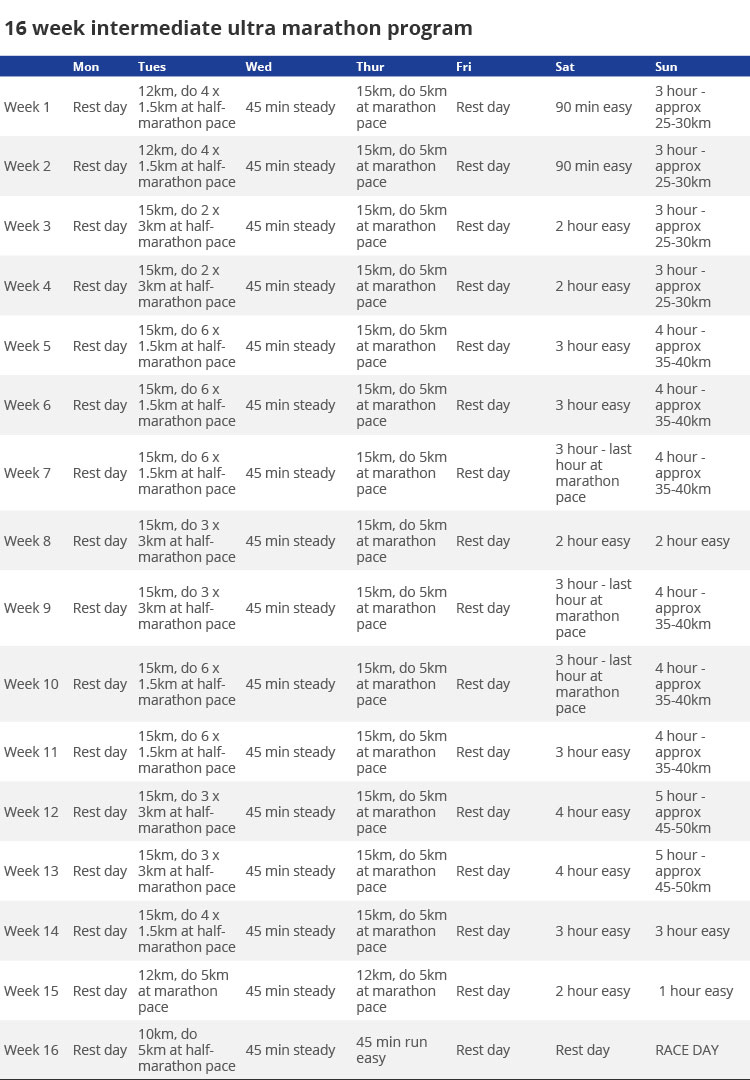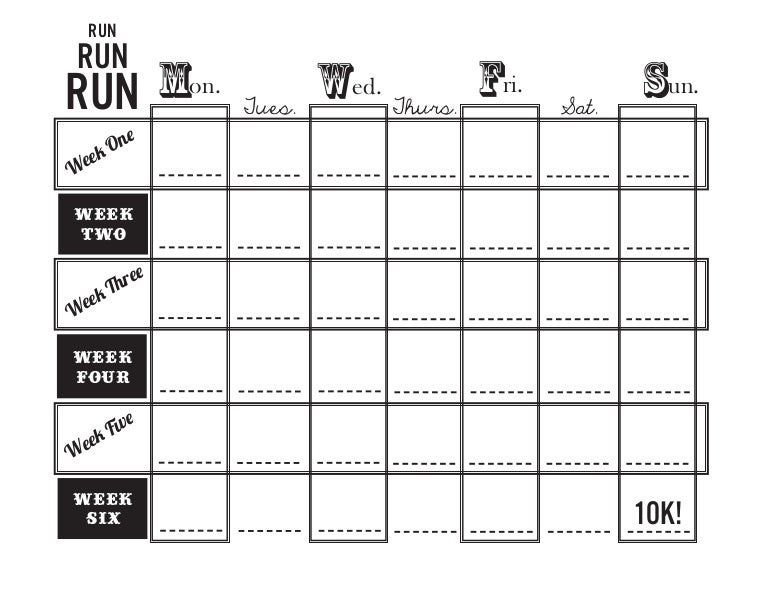
“For someone new to ultras, the first thing you should do is volunteer to crew, pace, or work an aid station at an ultramarathon,” says Mark Wooten, Life Time run coach and ultrarunner who’s done races like the Badwater Ultra. “This aids with injury prevention and helps athletes learn how to handle multiple hours of running before layering on new elements like trail-running technique, varied terrain, elevation gain and loss, and altitude.”Īnother significant part of making sure you’re ready to take on an ultra is to start prepping mentally, and a good place to start that is on the sidelines of a race. “I encourage athletes to have a few seasons of marathon running under their belt before jumping to ultra-distances, and I like to see athletes sequentially increase their training volume or mileage over multiple seasons when moving from the marathon to ultras,” says Crossland-Dwyer. So is progressing to longer distances gradually.

If you’re interested in tackling an ultramarathon, you’ve likely crossed the finish line of at least one, if not several, marathons-and that’s very important. How do you know when you’re ready for an ultra?

That’s a great place to start if you’re a marathoner looking to dip your toes in the ultrarunning water, says Don Reichelt, who’s placed first in races like the 2019 Lean Horse 1 Coldwater Rumble 52 miler his personal best in the 100-miler is 13:16:55 (that’s an average 7:58 per mile pace, if you’re wondering). There’s no cap on distances-some popular races are 100 miles, some go to 200-plus miles over multiple days-but the shortest traditional ultramarathon is 50K or 31 miles. Simply put, an ultramarathon is any distance longer than a marathon, or 26.2 miles.

Keep reading for more about what exactly makes ultrarunning unique and how to prep for an ultramarathon.

Sounds pretty welcoming when you put it that way. “The community and non-competitive element of ultrarunning tends to be front and center.” “I often find myself thinking of ultramarathoning as a different sport than road running because the focus of most athletes is altogether different,” she says. Play icon The triangle icon that indicates to playĭespite how intense that may sound, the laidback nature of the events is what keeps Crossland-Dwyer coming back.


 0 kommentar(er)
0 kommentar(er)
